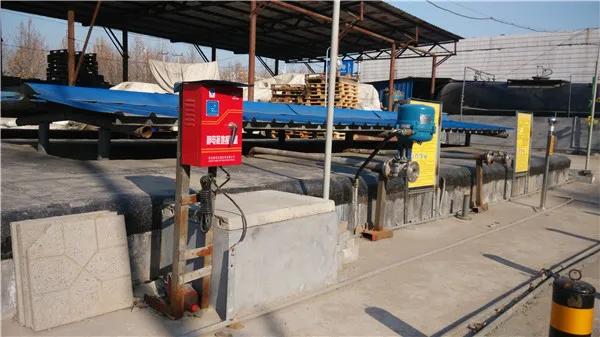Cyanide Removal from Industrial Wastewater Methods and Challenges
Cyanide is a potent and highly toxic compound that has significant implications for human health and the environment. It is commonly used in various industries, particularly in mining, electroplating, and the production of synthetic chemicals. Consequently, the discharge of cyanide-laden wastewater into water bodies poses severe risks to aquatic life and human safety. Therefore, the effective removal of cyanide from industrial wastewater is imperative for contamination prevention and regulatory compliance.
Several methods have been developed to treat cyanide-contaminated wastewater, each with its own advantages and challenges. One of the most widely used techniques is chemical oxidation. This process involves the use of oxidizing agents, such as chlorine, hydrogen peroxide, or ozone, to convert cyanide into less harmful compounds like cyanate or carbon dioxide. While chemical oxidation is effective, it often requires precise control over pH and temperature, making it a complex method that can incur high operational costs.
Another promising method is biological treatment, which utilizes microorganisms to degrade cyanide. Certain bacteria and fungi can metabolize cyanide as a nitrogen source, converting it into ammonia and other non-toxic byproducts. This method is environmentally friendly and can be cost-effective for large volumes of wastewater. However, the efficiency of biological treatment can be influenced by environmental factors such as temperature, pH, and the presence of other toxic substances, which may inhibit microbial activity.
cyanide removal from industrial wastewater

In addition to these traditional methods, more recent advancements have introduced innovative approaches for cyanide removal. Adsorption techniques, for instance, employ materials such as activated carbon, zeolites, and biochar to capture cyanide ions from wastewater. This method can be highly effective and allows for the recovery of valuable resources from the wastewater stream. However, the regeneration of spent adsorbents and the potential for secondary pollution pose challenges that need to be addressed.
Membrane filtration technologies are also being explored for cyanide removal. Techniques like reverse osmosis and nanofiltration can separate cyanide from water, yielding high-quality effluent. These methods are efficient and can be integrated into existing wastewater treatment systems. Nonetheless, the fouling of membranes and the energy requirements for operation can limit their practical application.
Despite the variety of methods available for cyanide removal, challenges persist. Regulatory standards for cyanide concentration in discharged wastewater are often stringent, necessitating robust treatment systems that can reliably achieve compliance. Moreover, economic considerations play a crucial role in the selection of treatment technologies, as industries seek cost-effective solutions that do not compromise on efficiency or environmental safety.
In conclusion, the removal of cyanide from industrial wastewater remains a critical challenge for many sectors. The choice of treatment method should be guided by considerations of efficiency, cost, and environmental impact. As legislation concerning wastewater quality becomes increasingly stringent, ongoing research and development in cyanide treatment technologies will be essential to ensure safe and sustainable industrial practices.

